Adine’s Close-Up Encounter with the Super Tusker Elephant, Craig in Kenya
September 2024 | By Adine Roode
I would like to share my experiences with the elephants with you. Not our elephants, not other elephants in South Africa. I want to share with you the elephant experiences I had in Kenya. It surpassed all my expectations. I gathered knowledge about how elephant orphans become orphans, are raised, and then graduate from the nursery to reintegration areas until the elephants are released. I spent time with people with the same day-to-day lifestyle as all of us at HERD; I shared my concerns and listened to theirs; our challenges were the same but different. I could breathe, smell, and taste Africa, Kenya, and elephants. I loved every minute of my time in Kenya. I was sad to leave but happy to be back home and sharing my tales with Tigere, Owen, Last, Joshua, Godknows, Blessmore, and Tich, telling them the stories and showing them the videos of Kenyan elephants and their carers.
After Phabeni passed away, I felt a bit lost. I found myself wandering in circles without purpose, hearing people talk to me without listening to them, sitting in conversations, and finding tears welling up in my eyes. I decided to go to Kenya and spend time at the Sheldrick and Reteti elephant orphanages.
From Johannesburg airport to Nairobi is only a four-hour flight – to get from Hoedspruit to Johannesburg is about a six-hour drive with the dogs. I overnighted in Pretoria before catching the flight to Nairobi with Kenyan Airways. For the first part of the trip, I joined a group of photographers – Big Tuskers. It was an organised trip to the Amboseli and then East Tsavo, where we would visit the Voi reintegration area of the Sheldrick Wildlife Trust. A friend of mine joined me for this first section, and we thoroughly enjoyed the group and the places we visited. It felt like a holiday, though it was part of my research into how elephant orphanages are run in a vast, huge country without fences, orphanages that have been doing this for decades. I felt privileged to be there and to experience things first-hand, things that I have been reading about and hearing from others.
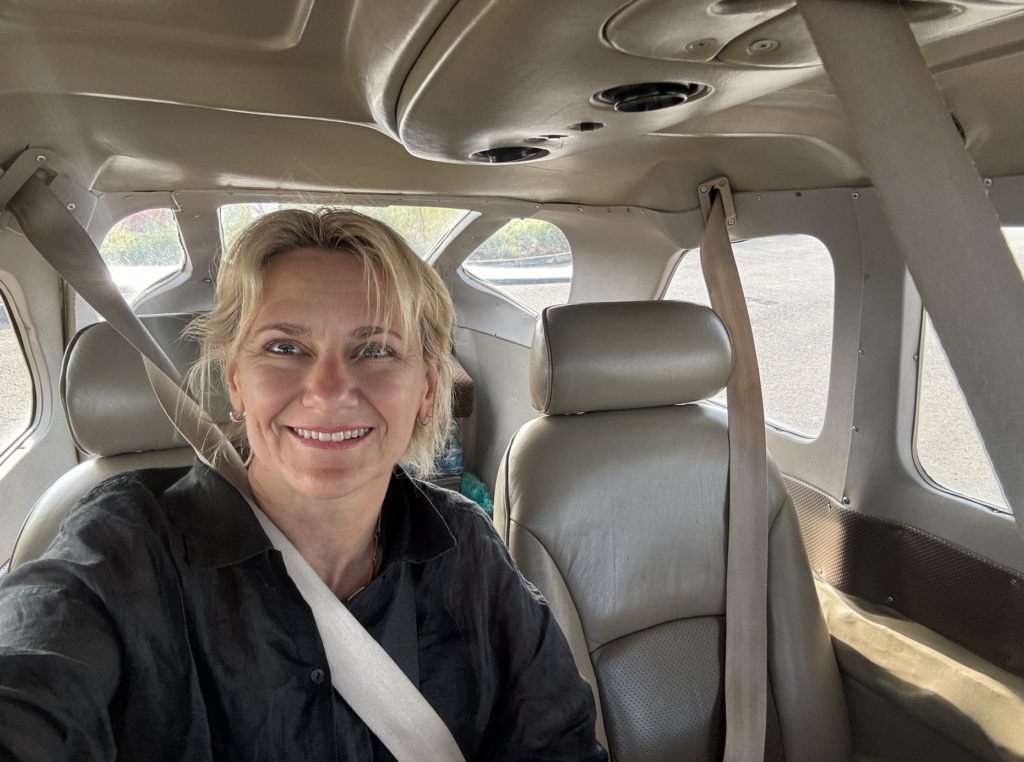


We started in Amboseli, and as I joined the group (I only joined a day and a half later), they told me they were with Craig and I must meet them there. The guide knew where to take me, and I didn’t think much of who Craig was – my scattered brain was not focusing, obviously. I never guessed it was one of the biggest ‘Big Tuskers’ – the famous Craig. I was in awe. His tusks were incredibly thick. The right tusk touched the ground, and the left tusk was slightly above the ground. He was calm and content. A bull of 52 years, born in 1972 in the Amboseli ecosystem.
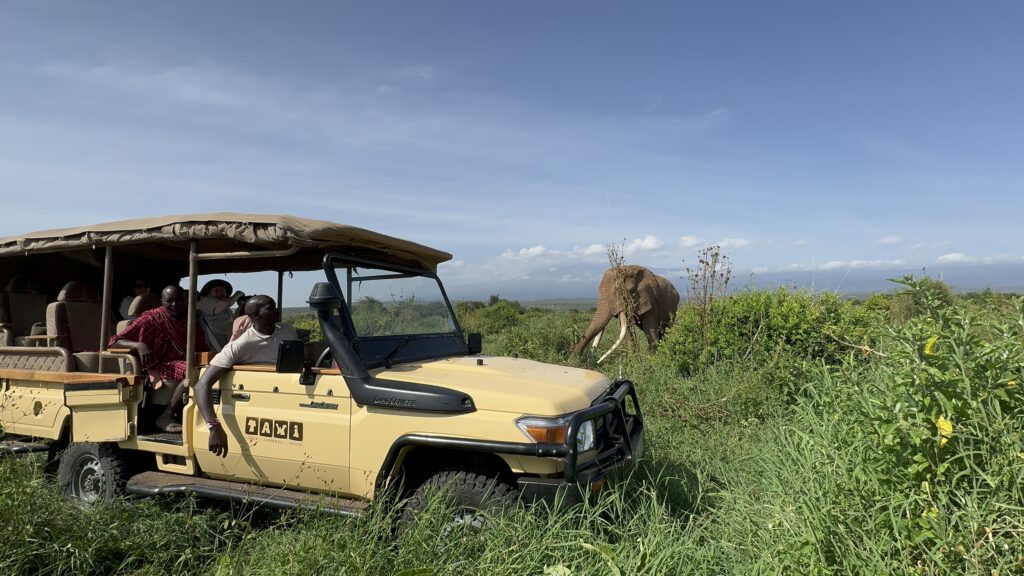
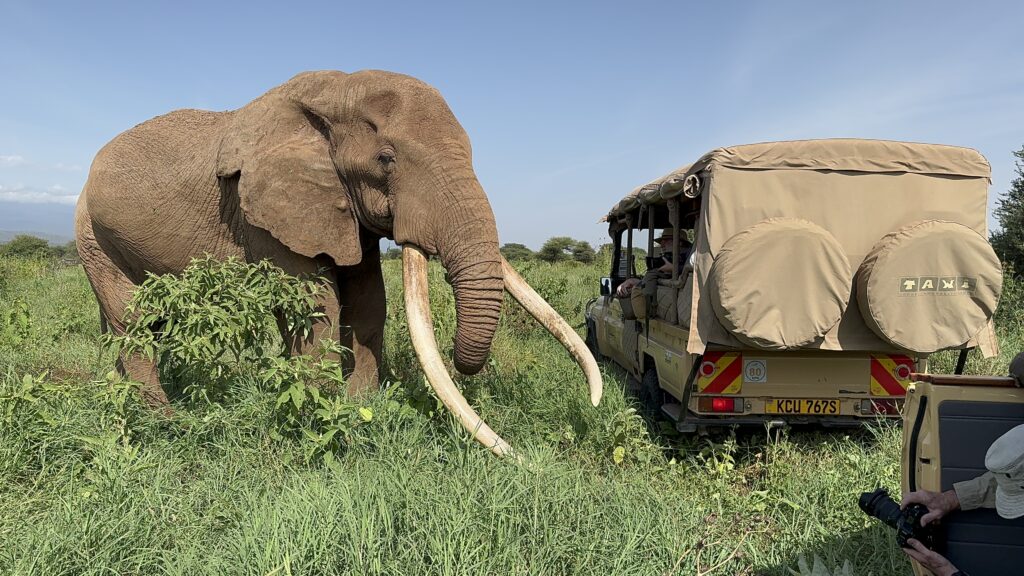
He must have seen and experienced so much in his life: Masai warriors, researchers, tourists, photographers, askaris (younger bulls who join older bulls to learn from them), females, and breeding herds. If we could understand what he was thinking, I am sure we would be intrigued by his wisdom, like when you spend time with elderly people with immense wisdom. I’m sure Craig could tell us about life, love, purity, peace, willingness, gentleness, impartiality, and maybe trust. I just wanted to watch him, to take in what he does, how he reacts, how he feeds. Later, I decided to take a video on my iPhone so that I could go back to the footage and relive the experience again. I just wanted to sit and watch, absorb everything around me, as it was so humbling. Here we were, with a 52-year-old super tusker while he was grazing and not fazed.
I met the Maasai warrior, David, who follows Craig daily and protects him against poachers. He is paid by the Kenyan Wildlife Services. Craig was not in the national park itself; he was feeding next to the community village outside the Amboseli National Park. He wasn’t a threat. He was the community’s friend – humans and animals roamed the same area without conflict. It was peace.
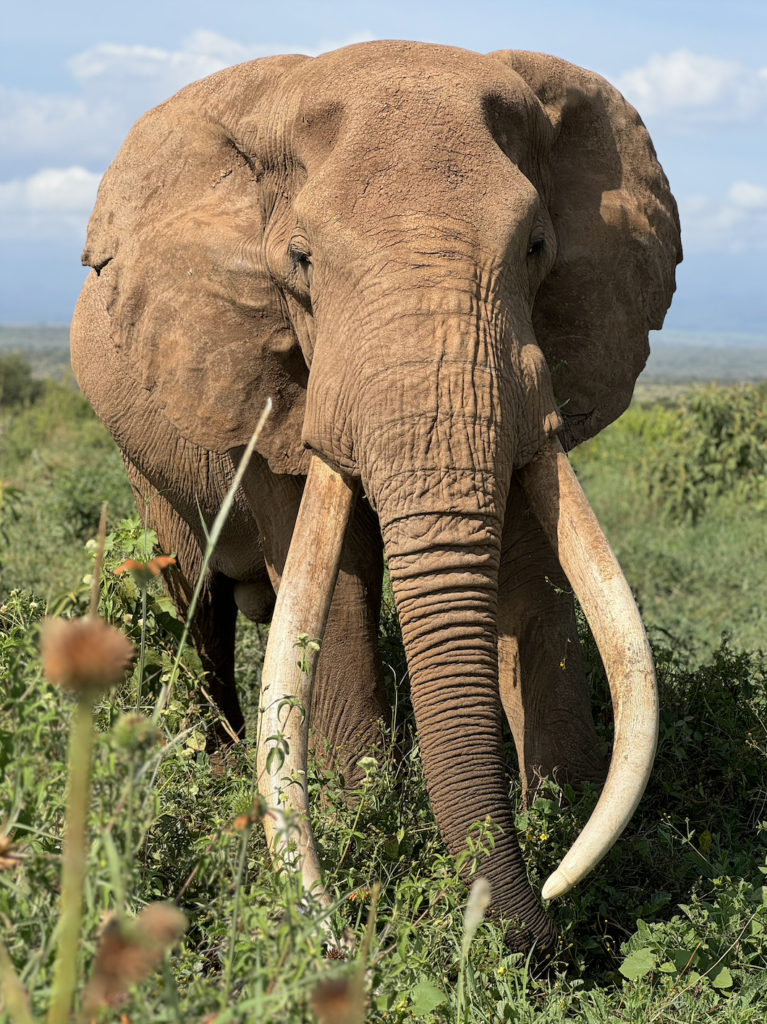

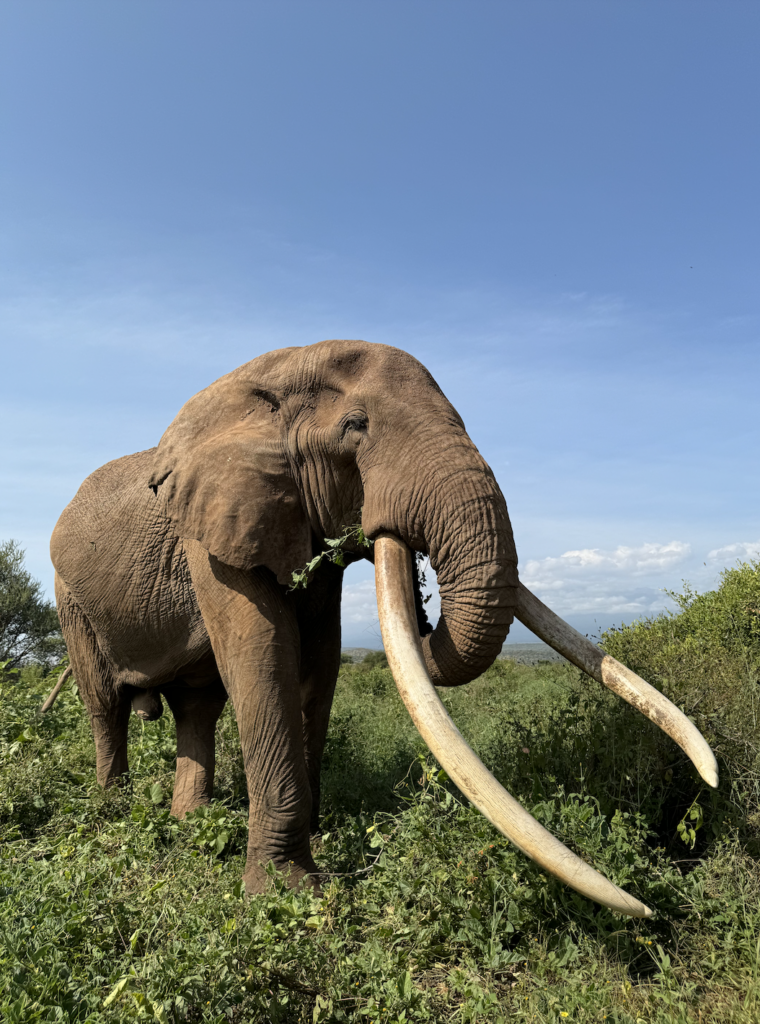
Craig is a super tusker. They say there are less than 20 left. A super tusker is an elephant whose tusks weigh more than 45kg each (100lbs). They are the prime of the prime elephants, whose genetics are vital to carry forward the super tusker history to our children’s children. It is unbelievably important to protect these super tuskers as they are direct descendants of elephants whose tusks are preserved in museums, but these elephants are alive, and they bridge the gap to the past when there were plenty of these majestic elephants roamed across Africa.
We have lost a few tuskers lately due to hunters and poachers. I refer to ‘we’ as not only Africans but the whole world who need these tuskers and who need to be educated about the importance of the genetics of their species for our planet. We can’t buy these genetics back or produce them in a lab. We need to preserve them as some things money can’t buy. We need to be bigger than our greed to be wealthy despite the cost to others. I wish I had a magic wand to ‘swing’ and open people’s eyes, ears, and feelings to the soul of Africa.
I will share more about my journey in Kenya in the next video and blog. Thank you for learning and journeying with me.
View part two, with Pascal here >
This trip was organised with rhino and elephant authors and photographers, Daryl and Sharna Balfour of Wildphotos Safaris >
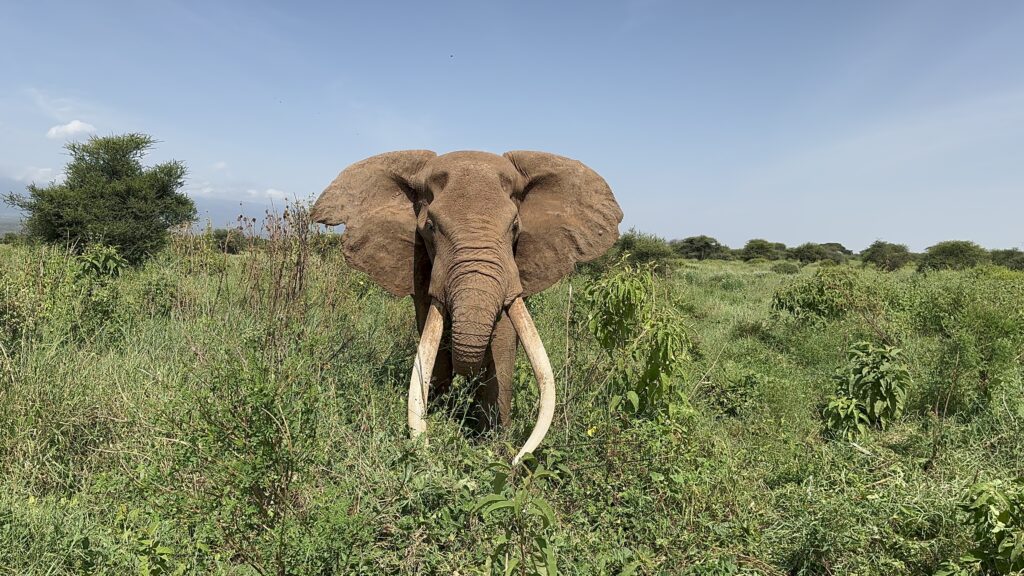

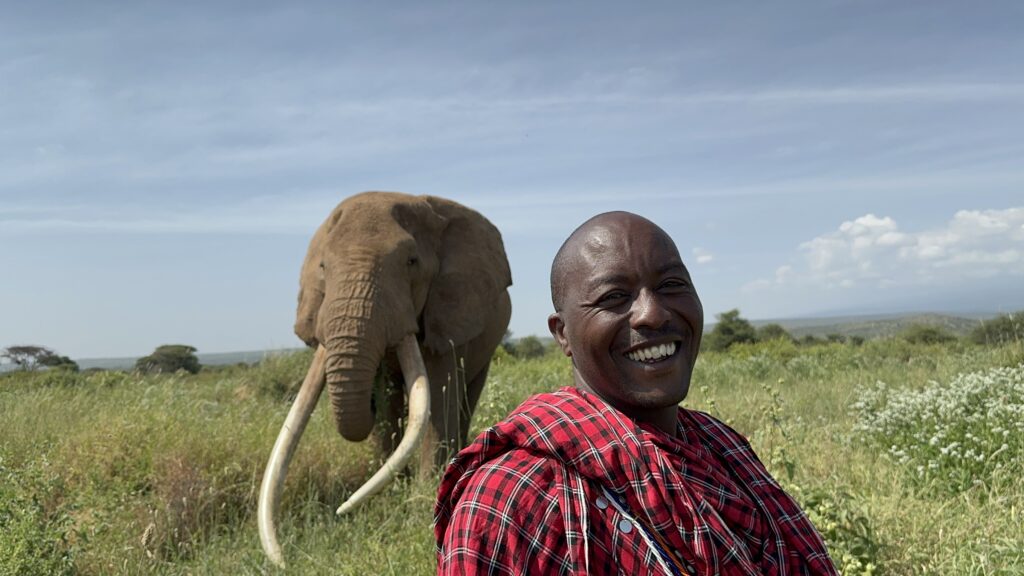

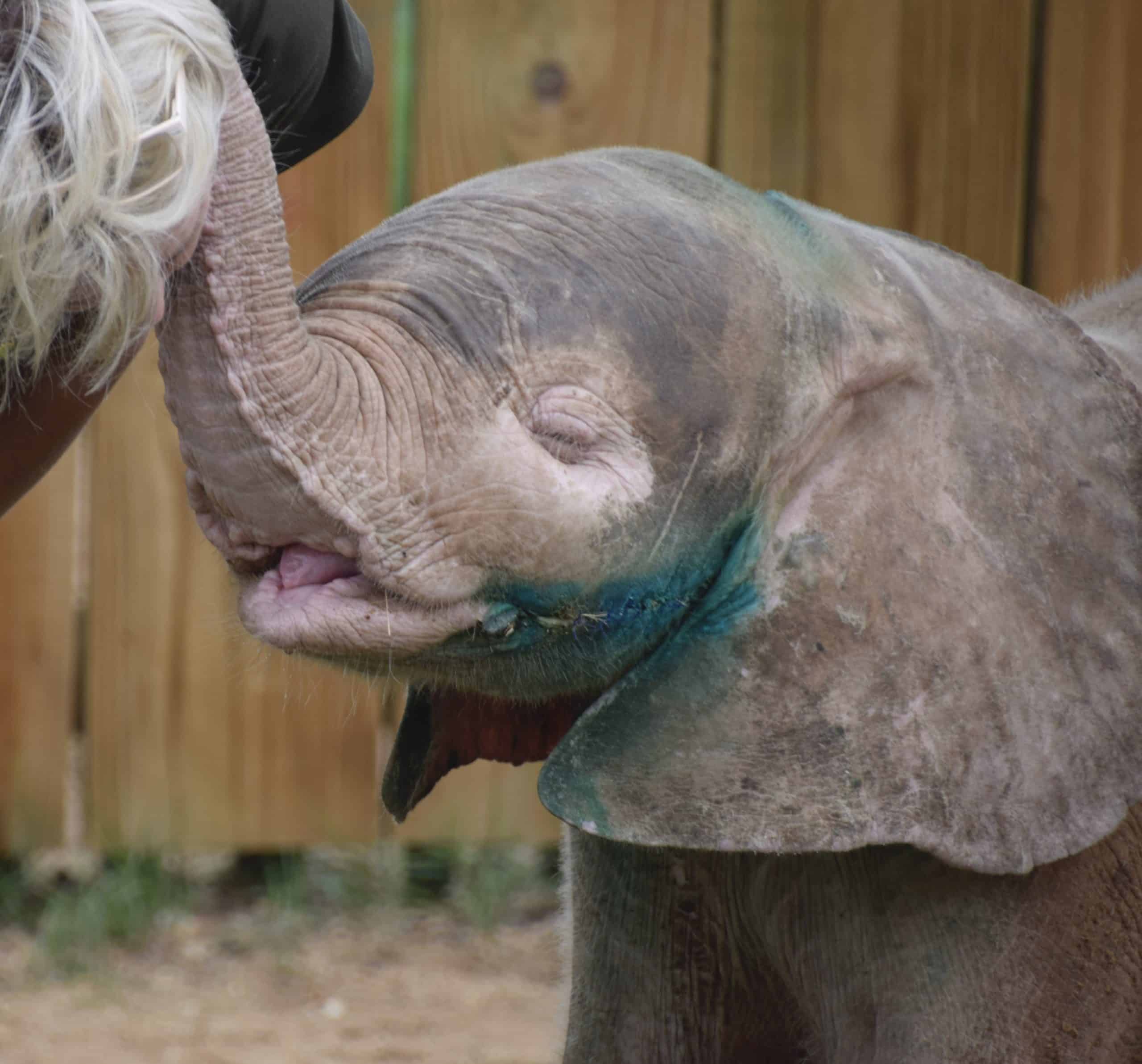
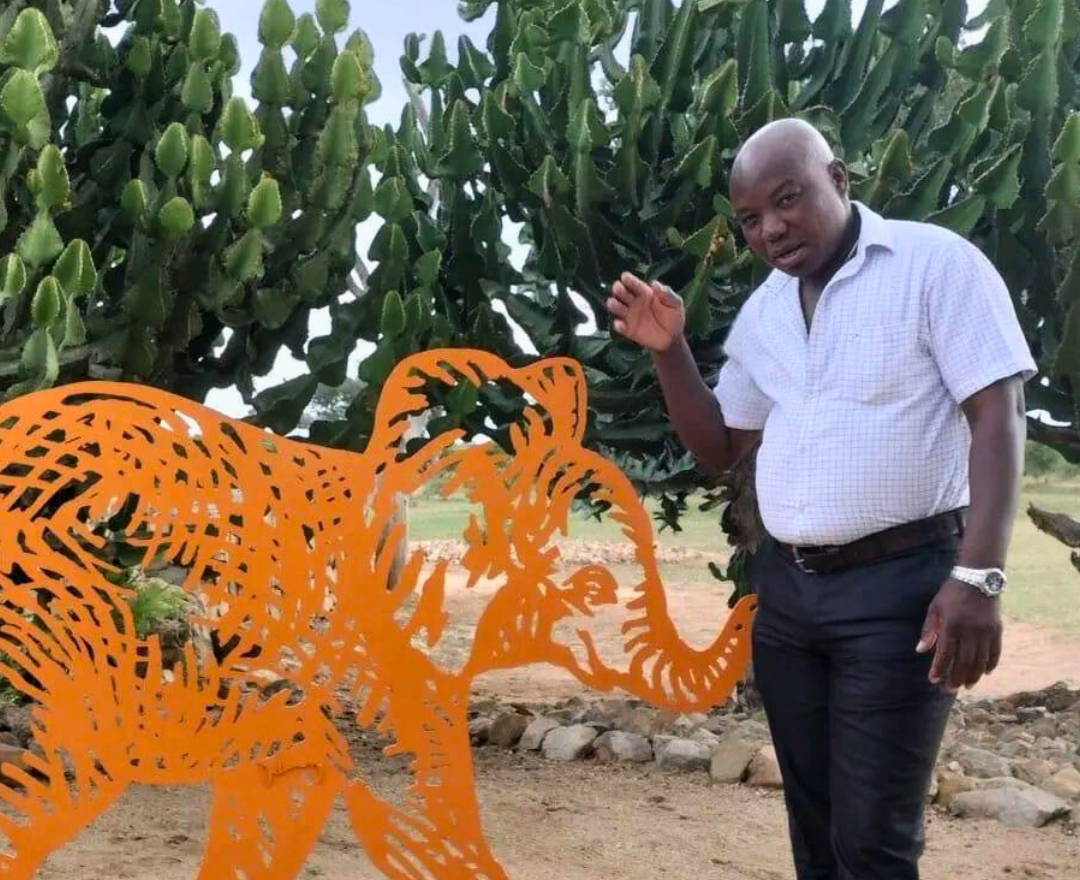
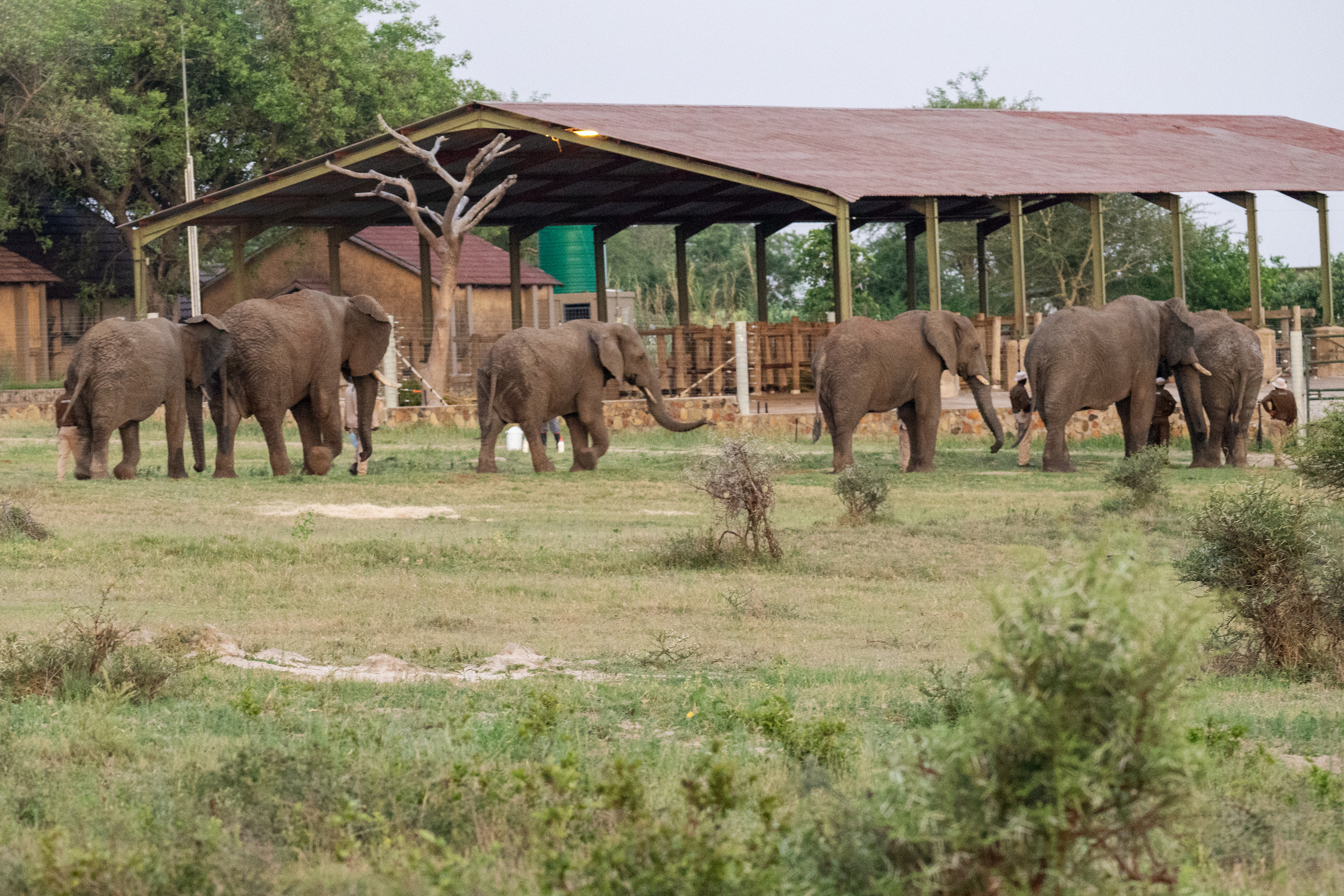

Dorothy Westcott
What an amazing gift for you to take back home to S Africa ?. I can't wait for your next blog and video. What a humbling experience. Thank you for taking us on your journey to Kenya.❤️❤️??❤️❤️
Cynthia Johnson
Beautiful story! I am so happy you were able to visit and see this beautiful bull. I too wish people could see the soul of Africa. I will return May 2025 for my 30th trip to Southern Africa. I cannot stay away. ❤️
Carmen Cervantes
Thanks Adine for the info and pictures. You all are doing excellent job on protecting all the this elephants. Love you all.